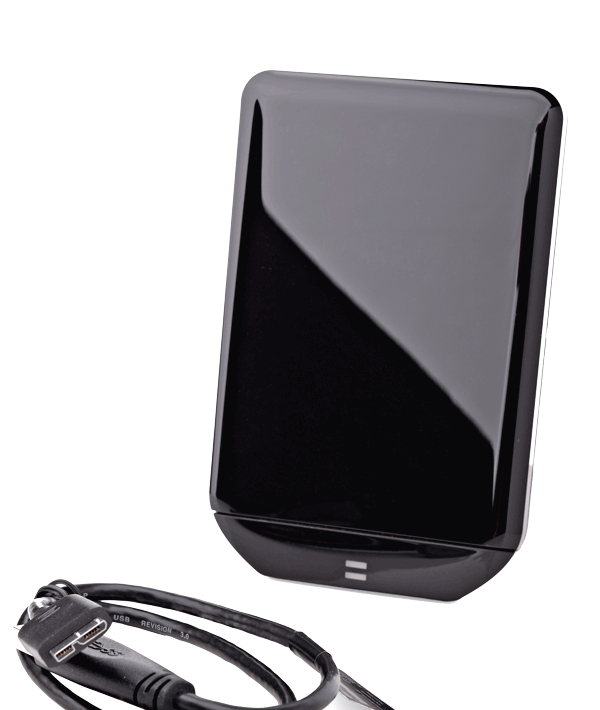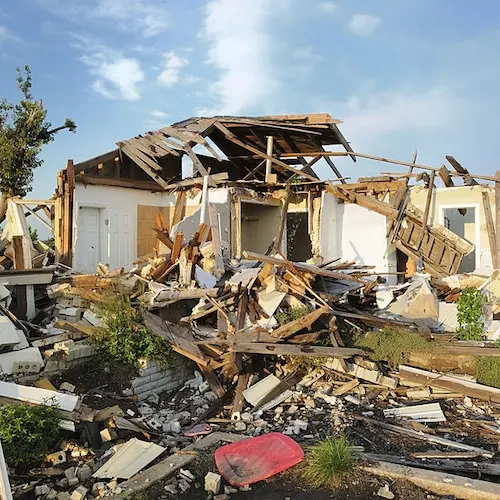Is your website ready for a natural disaster?
Your business website is your livelihood. It’s where you make your money. With Tropical Storm / Hurricane Barry looming down on South Louisiana, it’s important to minimize the effects on your business. Read how to ensure your website survives the storm or any disaster.
It feels like. Mad Max movie at times. With disasters happening simultaneously, it’s critical to prepare your business and your website. Think about July 2019 alone: there were earthquakes in California and Hurricane Barry is breathing on the Louisiana coast as we type this. From tornadoes, flooding, wildfires, and most recently hurricanes, everyone stays prepared by stocking up on necessary items and disaster-proofing their residence.
But as a business owner, do you know if your website is ready for an emergency? Learn how to ensure that your company’s website survives the worst of storms.
Back that thing up.
If your computer were to crash, get damaged from the disaster, or even get lost, your files will most assuredly be gone, deleted, or vanished. Backing up your files remotely should be your first priority for surviving the storm in the event that something happens to your machine.
Have your critical information handy.

Keep all of the important and necessary information about your website with you. Have a physical copy, a digital copy stored on a flash drive, and another stored on a cloud-based server.
Data redundancy is important to ensure your business survives the storm!
Also prepare a document with all the information about your website:
- Website host information
- Account numbers
- Username and passwords
- List of vendors used and their contact information
- DNS and C-Panel information
- Billing information
Make sure that your website is responsive.
Why do you need a responsive website? During an emergency, your lifeline to the outside world is your phone or your tablet. A responsive website enables customers in the affected area to find you (it’s a must for search engines,) and for you to continue serving them.
Make sure your contact information is visible and easily found
During an emergency, it is critical that your customers can easily contact you. Display your phone number so that a single click on the phone dials for the user.
Have an error page ready.
An HTTP 503 response is a temporary service not available error. Whether it is due to some technical error or maintenance purpose. In the event that your site goes down during a disaster, this 503 error page could be the only point of contact your customers would have. Create a 503 page that gives customers the information they would need in the event of an emergency such as:
- A message that your site is down or that an error has occurred and that you are working to fix the problem.
- Contact information where customers can learn more or voice their concerns. The page should Include an e-mail and any social media accounts you manage.
- Links to any backup websites
And now for the good news.
As a BlakSheep Creative client (we prefer to call them partners,) we do all of the work for you and make sure that your website is prepared for any disaster, natural or man-made.
We do this by having redundant servers throughout the globe to ensure your downtime (although highly unlikely,) is minimal.
Your data is safe and secure.
We can even handle all of your social media needs and communication needs to ensure your customers that your business is just fine and ready to provide your goods and services during these tough times.



